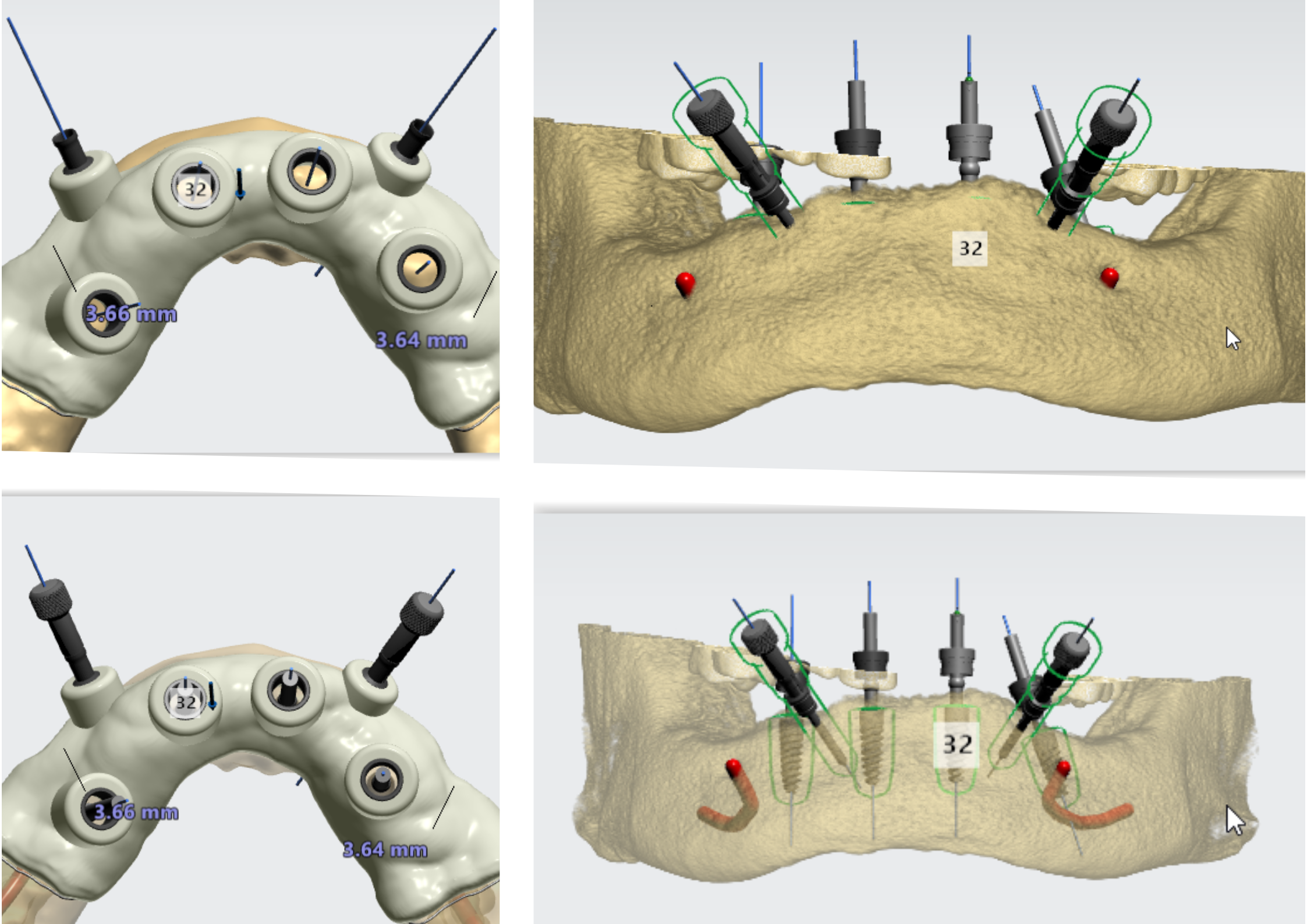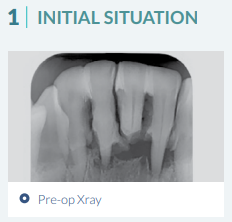Overview
When it comes to dental implant surgery, accuracy is everything. A slight deviation in implant placement can significantly impact not only the esthetics but also the overall longevity and success of the restoration. In different studies, researchers compared different surgical techniques—freehand versus guided dental implantation—to understand which offers the highest level of precision. This blog will guide you through what they found, and how these findings can influence dental implant procedures for the better.
Why Implant Placement Accuracy is Crucial
Today's dental implants have impressive survival rates, even in risk populations. However, the challenge for dentists has shifted beyond simply integrating the implant into the bone—it's now about how precisely we can place the implant. The correct positioning is key to achieving both esthetic and functional success. Improper placement can lead to complications, such as peri-implantitis, a condition affecting the health of the tissues surrounding the implant.
Implant placement techniques can be broadly categorized into two main approaches: freehand surgery and guided surgery. Let's dive into the specifics of each.
Freehand vs. Guided Implantation: What’s the Difference?
- Freehand Surgery: This traditional approach relies on the surgeon's expertise and experience. Although it has been successfully used for decades, it is inherently more prone to error compared to guided methods. In freehand surgery, there is no physical support to control the position or angle of the drill, which means the outcome depends heavily on the surgeon’s skill and precision.
- Guided Surgery: Guided implantation uses either static or dynamic systems to assist in placing the implant. In the static approach, surgical guides help control the exact position and trajectory of the implant. There are various levels of guidance, including pilot guides, partial guides, and full guidance. Each prvides an increasing level of control over the surgery.
-
- Pilot Guide: Uses a guide only for the initial drill, and subsequent steps are performed freehand.
- Partial Guide: Utilizes the guide for most drilling steps but leaves the implant insertion to be completed without guidance.
- Full Guide: Guides all steps, from the initial drill to the final implant placement, providing the highest level of control.
-
Key Findings from the Study: Guided Surgery Outperforms Freehand
A clinical study involving over 200 implants placed in more than 100 volunteers compared these different surgical approaches. The goal was to determine how each approach influenced the accuracy of implant placement. Accuracy was measured using metrics like angular deviation (AD), coronal global deviation (CGD), and apical global deviation (AGD).
- Angular Deviation (AD): This is the angle between the intended and actual implant axes. Freehand surgery had the highest mean angular deviation (7.03°), whereas fully guided surgery had the lowest deviation (3.04°). Simply put, full guidance made it much easier to align the implant exactly as planned.
- Coronal and Apical Deviation: Both coronal and apical deviations measure the discrepancy at different parts of the implant (top and bottom). Again, fully guided protocols consistently produced better results compared to freehand or pilot protocols.
The takeaway here is clear: any level of guidance during dental implant placement improves accuracy compared to the freehand method, and more guidance leads to better outcomes.
Coming Next: Practical Implications for Clinical Practice
In our next post, we’ll explore how to practically apply these findings in your day-to-day workflow—when to use each level of guidance, how to transition into guided protocols, and what to consider when selecting a guided surgical system.
Stay tuned.
Related Blogs
Education | Webinar on-demand

The Science Behind Successful Dental Implant Development - Webinar On Demand
Education | Webinar on-demand

.png)



-1.png)